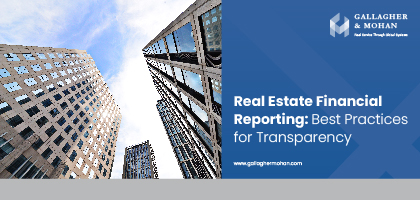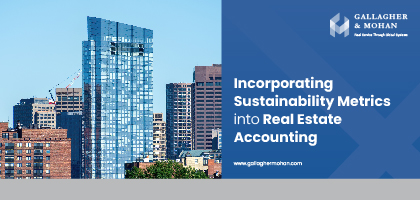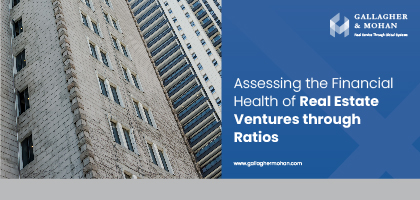18 August 2023
CRE Finance: Exploring Alternatives as Lenders Tap the Brakes
In 2022, the pool of lenders for commercial real estate had already been dwindling, a trend evident from MSCI's data. Recent developments have further expedited this contraction. These events underscore a dynamic scenario where lenders are adjusting to a landscape of elevated interest rates. Jim Costello, the Executive Director of MSCI Research, noted earlier this year that this disruption highlights an evolving landscape. Within the commercial real estate sector, borrowers have encountered difficulties as well. The increased mortgage expenses have dampened certain investment endeavors.
Elevated mortgage rates are attributed by Costello to a combination of factors involving the yield curve dynamics and a decline in the number of lenders creating new loans.
Recent occurrences and the looming risk of defaults have shaken both the commercial and multifamily segments. However, it's projected that the commercial sector will experience a more pronounced impact. In a research update from June, CenterSquare Investment Management highlighted that the rental residential sector holds a favorable position for private lending prospects and a potential recovery.
The trend of traditional commercial banks, insurance companies, and other lenders adopting a more cautious and conservative approach to underwriting financing for commercial real estate is widely acknowledged. Factors including new regulations and heightened capital requirements have prompted these traditional institutions to step back from lending in this sector.
With traditional banks continuing to retreat from commercial real estate lending, astute participants in the commercial real estate (CRE) domain are seizing emerging opportunities to address the gaps left behind. This confluence of factors has generated a unique situation: a perfect storm of stricter regulations, escalating lender demands, and the interest of fresh entrants into the commercial lending arena. This confluence has empowered alternative lenders to assume substantive roles in the landscape of commercial real estate finance, effectively becoming active and notable contributors.
Also Read: Real Estate Accounting for Short-Term Rentals and Vacation Properties
Presently, there are three noteworthy categories of alternative lenders that warrant your attention:
Crowdfunding Platforms
Although crowdfunding platforms have long been utilized to secure funding for creative projects and consumer-oriented products, they are steadily gaining prominence in the realm of commercial real estate financing. Professionals in the commercial real estate (CRE) field are increasingly gravitating toward similar platforms as an unconventional means of funding. This trend is rapidly gaining momentum and displaying no indications of slowing down.
Aspiring borrowers seeking funding for their CRE ventures now have access to a larger pool of potential investors, coupled with more lenient rules and regulations. It's important to note, however, that while these platforms offer simplicity and accessibility, the successful acquisition of funding for a CRE project remains contingent on the extent and diversity of the platform's user base.
Non-direct Marketplace Lenders
This form of lending harnesses technology to directly link lenders with borrowers, circumventing the conventional bank route entirely. This approach offers several advantages, including lowered transaction hurdles, substantial cost savings for borrowers, and appealing returns on investment for lenders. While initially popular in realms like student and automotive loans, financial institutions are now venturing into the commercial real estate (CRE) sector through these platforms, effectively cultivating a novel marketplace for commercial loans.
Unlike traditional banks, these marketplace lenders do not engage in deposit-taking or direct lending to businesses or consumers. Consequently, they don't shoulder direct risk; instead, their revenue stems from commissions and other fees derived from borrowers, lenders, and investors involved in the lending process.
Direct Lenders
In contrast to non-direct marketplace lenders, direct lenders possess their own capital, enabling them to directly extend loans to borrowers without numerous intermediaries like private equity firms, brokers, or banks. Direct lenders have the capacity to provide loan terms akin to those offered by conventional financial institutions—sans the stringent rules and regulations that typically accompany such arrangements. Consequently, collaborating with a direct lender often yields quicker and more efficient financing outcomes.
Given the lingering effects of regulatory pressures on many traditional banks, astute alternative lenders find themselves well-positioned to bridge the gap in commercial real estate loans. These alternative funding sources have the ability to finance commercial real estate development on par with major banks, but without the burdensome array of regulations, liabilities, and risks. As the demand from borrowers continues to surge, healthy competition will persist among lenders. Furthermore, as the alternative lending sector expands, lenders of these sorts will progressively shed the "alternative" label and become increasingly recognized as a mainstream solution.
Conclusion
The landscape of commercial real estate lending is undergoing a significant transformation with the emergence of alternative lending options. Crowdfunding platforms, non-direct marketplace lenders, and direct lenders have all carved out their niches within this evolving ecosystem, offering innovative approaches to financing that cater to the changing needs of borrowers and investors.
As traditional banks grapple with regulatory constraints, alternative lenders have stepped up to meet the demand for commercial real estate loans. These alternatives provide flexible solutions that often circumvent the bureaucratic hurdles associated with traditional banking practices. This has created a dynamic and competitive environment where borrowers can explore diverse options for securing financing for their commercial real estate projects.
Among these players, Gallagher & Mohan stands out as a reliable partner in the realm of commercial real estate lending solutions. They offer a comprehensive suite of services, encompassing financial and accounting expertise as well as underwriting capabilities. Their commitment to understanding the unique needs of their clients allows them to tailor their offerings effectively, ensuring that each client receives tailored solutions that align with their goals and aspirations. Gallagher & Mohan's holistic approach sets them apart as a valuable resource for borrowers seeking not only financing but also sound financial and strategic guidance for their commercial real estate ventures.



